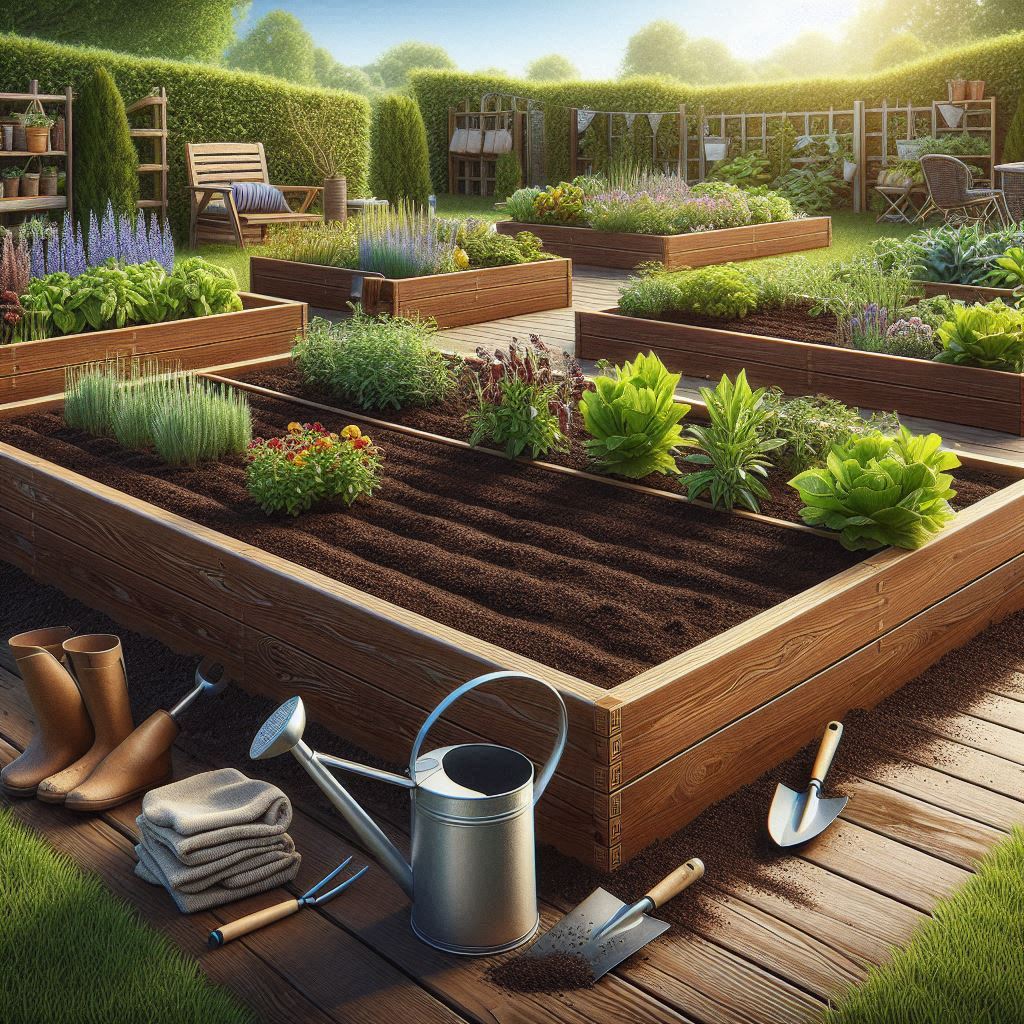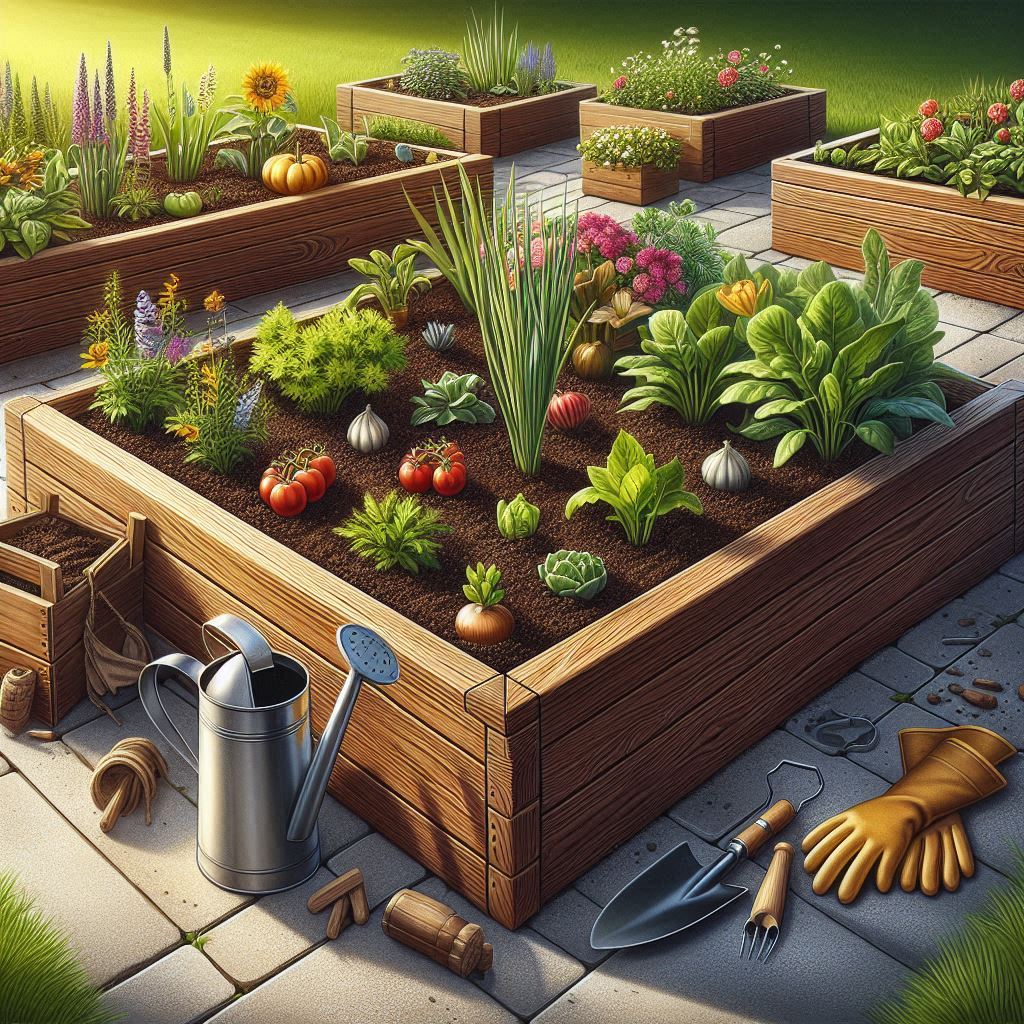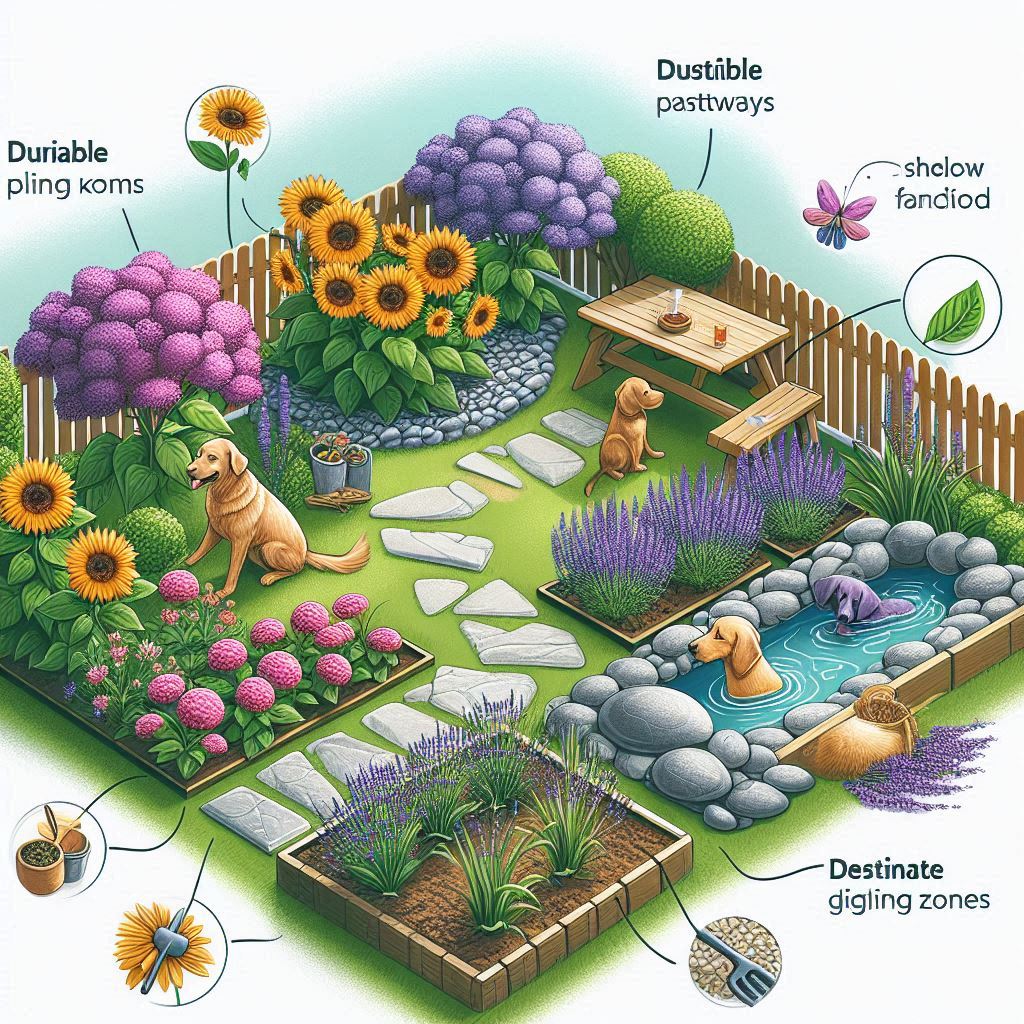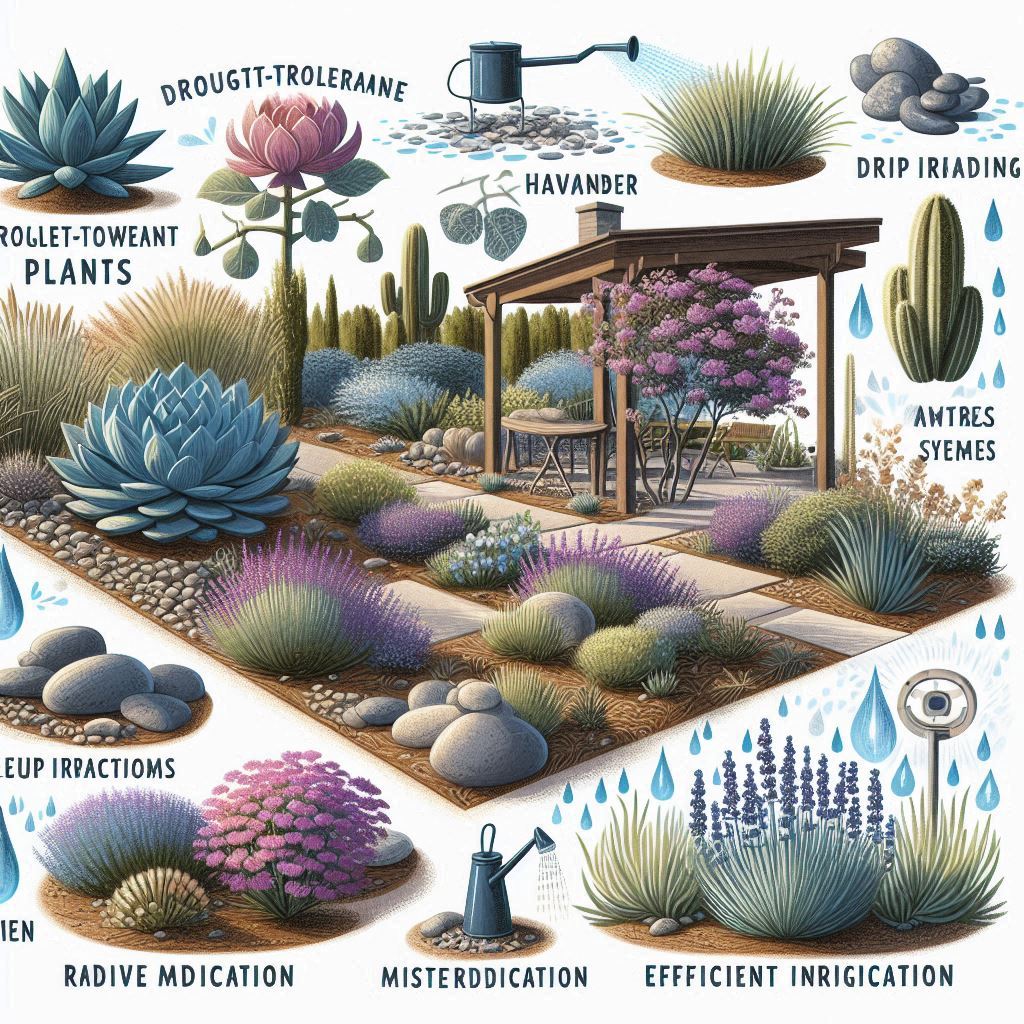Raised bed gardening is an increasingly popular method for growing plants, particularly in small spaces or areas with poor soil quality. By creating a controlled environment for your plants, you can enjoy a more productive and manageable garden. This article explores the benefits of raised bed gardening and provides a step-by-step guide on how to build and maintain your own raised beds.
1. Why Choose Raised Bed Gardening?
Raised bed gardening offers several advantages, making it an attractive option for both novice and experienced gardeners:
- Improved Soil Quality: With raised beds, you have complete control over the soil quality. You can fill your beds with a customized soil mix that’s rich in organic matter, ensuring your plants have the nutrients they need to thrive.
- Better Drainage: Raised beds allow excess water to drain more effectively, preventing waterlogging and reducing the risk of root rot. This is particularly beneficial in areas with heavy clay soil.
- Extended Growing Season: The soil in raised beds warms up faster in the spring, allowing you to start planting earlier in the season. Additionally, you can easily add covers or hoops to protect plants from frost, extending the growing season even further.
- Reduced Soil Compaction: Since you don’t walk on the soil in raised beds, it remains loose and well-aerated, providing a better environment for root growth. This also makes it easier to work the soil and plant your garden.
- Pest and Weed Control: Raised beds can be fitted with barriers or covers to keep pests out, and their elevated design makes it easier to spot and remove weeds. You can also use mulch to suppress weeds, further reducing maintenance.
- Accessibility: Raised beds are ideal for gardeners with physical limitations, as they reduce the need for bending or kneeling. You can customize the height of your beds to suit your needs, making gardening more comfortable and accessible.
2. How to Build a Raised Bed
Building a raised bed is a straightforward project that can be completed in a weekend. Here’s how to do it:
- Choose a Location: Select a sunny spot for your raised bed, ideally with at least 6-8 hours of sunlight per day. Make sure the area is level and has good drainage.
- Select Materials: Raised beds can be constructed from various materials, including wood, stone, bricks, or metal. Cedar and redwood are popular choices for wood due to their natural resistance to rot. Avoid using treated wood, as it may contain chemicals that could leach into the soil.
- Determine the Size: The size of your raised bed will depend on the available space and what you plan to grow. A common size is 4 feet wide by 8 feet long, which allows you to reach the center from either side without stepping into the bed. The height can vary, but 12-18 inches is typical.
- Build the Frame: Cut your materials to the desired size and assemble the frame. If using wood, screw the boards together at the corners to form a rectangular or square shape. For added stability, you can reinforce the corners with brackets or corner posts.
- Prepare the Ground: Remove any grass or weeds from the area where the bed will be placed. You can also line the bottom with landscape fabric to prevent weeds from growing up into the bed.
- Fill with Soil: Fill the bed with a high-quality soil mix, such as a blend of compost, topsoil, and peat moss. The soil should be loose and well-draining to promote healthy root growth.
- Water and Plant: Once the bed is filled, water the soil to settle it and remove air pockets. You’re now ready to plant your garden!

3. Maintaining Your Raised Bed Garden
Maintenance is key to keeping your raised bed garden productive and healthy. Here are some tips:
- Watering: Raised beds dry out faster than in-ground gardens, so regular watering is essential, especially during hot weather. Drip irrigation or soaker hoses are efficient ways to water your raised beds without wasting water.
- Mulching: Apply a layer of mulch around your plants to retain moisture, suppress weeds, and regulate soil temperature. Organic mulches like straw, leaves, or wood chips are excellent choices.
- Fertilizing: Since raised beds rely on a limited amount of soil, it’s important to replenish nutrients regularly. Use organic fertilizers, such as compost, worm castings, or a balanced granular fertilizer, to keep your plants well-fed.
- Weeding: Although raised beds reduce weed problems, some weeds may still appear. Regular weeding is necessary to prevent them from competing with your plants for nutrients and water.
- Pest Control: Monitor your raised beds for pests, and take action as needed. You can use physical barriers, such as row covers, or natural pest control methods, like introducing beneficial insects, to keep pests in check.
- Seasonal Maintenance: At the end of the growing season, clean out the beds, removing any plant debris and weeds. Add compost or other organic matter to replenish the soil and prepare it for the next season.
Conclusion
Raised bed gardening offers a versatile and effective way to grow a variety of plants, regardless of your garden’s size or soil quality. With the benefits of improved soil, better drainage, and easier maintenance, raised beds can help you achieve a more productive and enjoyable gardening experience. Whether you’re a beginner or a seasoned gardener, building and maintaining raised beds is a rewarding project that will pay off in healthy, thriving plants.



